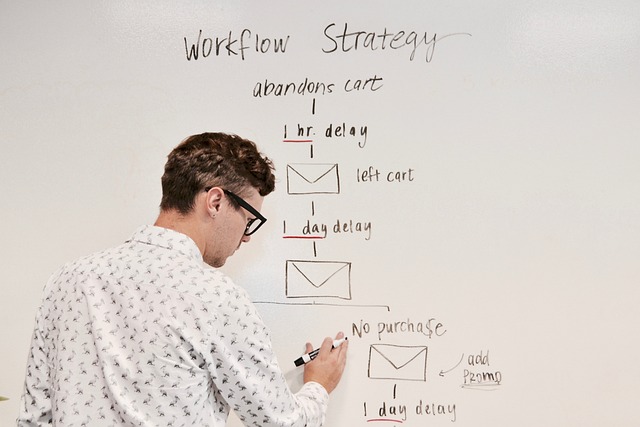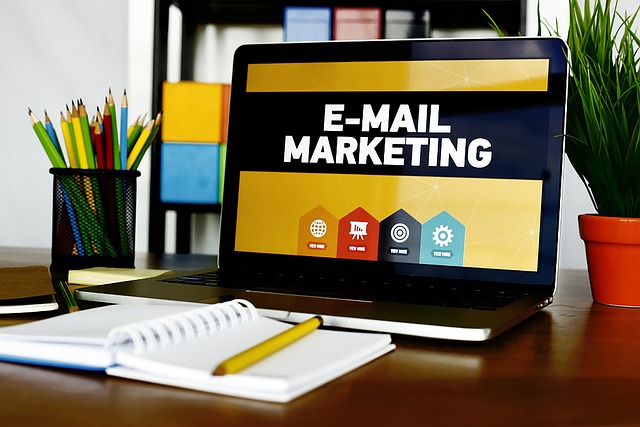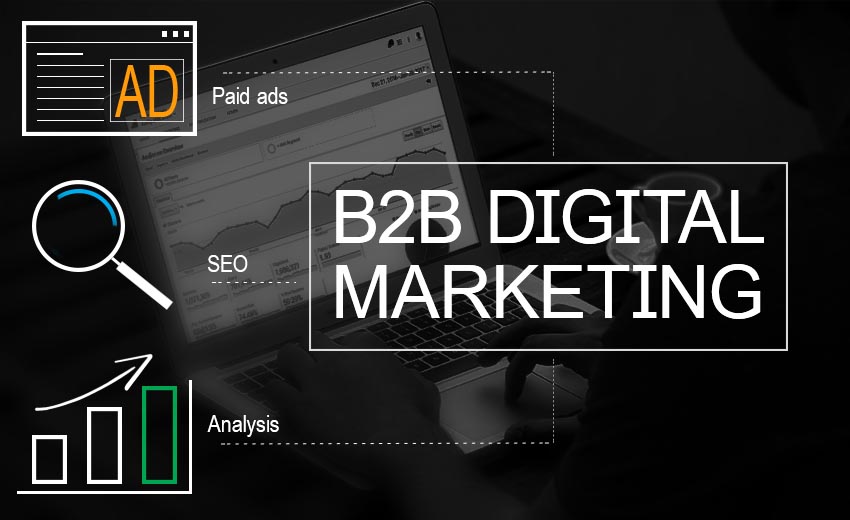In email marketing, what is a relationship email?
Email marketing is a powerful tool for businesses to connect with their audience and foster long-lasting relationships. Relationship emails play a crucial role in achieving this goal. Let’s explore the concept of relationship emails, their types, benefits, and best practices for creating them.
Types of Relationship Emails
There are several types of relationship emails designed to engage subscribers and nurture the connection between them and the brand:
Welcome Emails or Newsletters
Welcome emails are a crucial part of email marketing campaigns. They are the first point of contact between a business and its new subscribers. When someone subscribes to a newsletter or creates an account on a website, a welcome email is automatically sent to them. This email serves the purpose of greeting the subscriber and letting them know that they are valued.
Apart from the greeting, a welcome email also sets the tone for future communication between the subscriber and the brand. It can be used to introduce subscribers to the products or services that the brand provides. This provides an opportunity for the brand to showcase their value proposition and unique selling points to the subscribers.

Personalized Content and Recommendations
These emails are tailored to individual subscribers, based on their browsing history, purchase behavior, or other interactions with the brand. Personalized content can include product recommendations, special offers, and relevant articles that demonstrate the brand’s understanding of the subscriber’s interests and needs.
Customer Success Stories and Testimonials
Customer success stories and testimonials are powerful tools for building trust and credibility in the minds of potential customers. When a brand shares stories of satisfied customers, it provides social proof that the brand delivers on its promises. This can be an effective way to overcome any doubts or hesitations that potential customers may have about a brand’s products or services.
Success stories and testimonials help to create an emotional connection between potential customers and the brand. When customers share genuine stories of how the brand’s products or services have helped them overcome a challenge or achieve a desired outcome, it creates a sense of empathy and establishes a relatable experience. Readers who can relate to these experiences are more likely to engage with the brand and consider purchasing their products or services.
Milestone and Anniversary Celebrations
Recognizing milestones and anniversaries, such as a subscriber’s birthday or the anniversary of their first purchase, can strengthen the bond between the brand and the customer. These emails typically include a heartfelt message and may offer exclusive discounts or gifts.
Re-engagement Emails
Re-engagement emails target inactive subscribers, encouraging them to interact with the brand again. They may offer incentives, highlight new products or features, or simply remind your audience of the value they can gain from the brand.
Key Elements of a Successful Relationship Marketing Strategy

A well-crafted relationship email should incorporate the following elements:
Personalization
Addressing subscribers by their first name and tailoring content to their preferences can make the email feel more personal and relevant. This can lead to higher engagement and a stronger connection with the brand.
Relevance and Value
To maintain subscribers’ interest, emails must provide value and be relevant to their needs. This includes offering helpful information, exclusive deals, or solutions to their problems.
Emotional Appeal to Customer Relationships
A relationship email should evoke emotions in the reader. This can be achieved through storytelling, impactful visuals, or compelling language that resonates with your audience on an emotional level.
Clear Call-to-Action
Guide subscribers toward the desired action by including a clear and concise call-to-action (CTA) in your relationship email. This can be a button or link, directing them to your website, a specific product, or a helpful resource.
Benefits of Relationship Emails in Email Marketing Strategy
Incorporating relationship emails offers numerous advantages for businesses:
Boosted Customer Engagement and Loyalty
Sending relationship emails tailored to preferences and needs showcases understanding and appreciation, fostering a sense of loyalty and encouraging repeat purchases.
Elevated Open and Click-Through Rates
Relevant and valuable relationship emails entice subscribers to open and read messages, driving website traffic and increasing conversion likelihood.
Reduced Unsubscribe and Spam Complaint Rates
Those receiving content aligned with their interests are less likely to unsubscribe or mark emails as spam, maintaining a healthy, engaged email list.
Improved Brand Reputation
Crafting relationship emails that resonate with your audience positively impacts brand perception, leading to word-of-mouth recommendations, new customers, and long-term business growth.
Best Practices for Creating Effective Relationship Emails
To ensure the success of your relationship emails, consider implementing these strategies:
Segmenting Your Email List
Group subscribers based on behavior, preferences, or demographics for targeted, relevant email message. This approach allows you to send tailored messages (for example, sales pitch, discount code, weekly newsletter, blog post promo) that resonate with each segment, help you build relationships, and yield higher engagement rates.
Crafting Compelling Subject Lines
Develop enticing subject lines using various styles, such as questions, personalization, or urgency, to encourage subscribers to open your emails. A well-crafted subject line is a powerful tool, can significantly impact open rates, help you build a good relationship, and set the tone for the email content.
Maintaining a Consistent Email Sending Schedule
Adhere to a regular email sending schedule that aligns with subscriber expectations to foster familiarity and trust with your brand. Consistency can help reduce the likelihood of subscribers losing interest or marking your emails as spam.
Testing and Optimizing Your Emails
Continually test and evaluate relationship email performance, using gained insights to enhance content, design, and sending times. This iterative approach helps identify what works best for your audience and drives continuous improvement.
Incorporating Personalization
This is your “extra mile”.
Include personalized elements, such as the recipient’s name or past purchase history, to create a more engaging and meaningful experience for subscribers. Personalization demonstrates that you value their individual needs and can lead to increased loyalty.
Providing Valuable Content
Offer subscribers useful information, exclusive offers, or entertaining content that aligns with their interests and preferences. By delivering valuable content, you establish your brand as a trusted resource and encourage repeat engagement.
Using Visuals Strategically
Incorporate visually appealing images, graphics, or videos to enhance email content and create a memorable subscriber experience. High-quality visuals can help convey your message more effectively and increase overall engagement.
Encouraging Two-Way Communication
Invite subscribers to engage with your brand by asking for feedback, opinions, or questions, promoting a sense of community and open communication. This approach demonstrates that you value their input and fosters stronger relationships with your audience.
How email verification helps in relationship email marketing strategy
Email verification and validation contribute to effective relationship emails by maintaining an accurate, up-to-date email list. Eliminating invalid or non-existent addresses, typos, and temporary or disposable email accounts protects your sender reputation and deliverability rates. A high-quality subscriber list ensures your relationship emails reach the intended recipients, enhancing audience connections and contributing to encourage engagement.
Ultimately, a clean, verified email list results in higher open and click-through rates, boosting your email marketing strategy’s success. And, for example, if you run an ecommerce store
Let’s wrap it up
Building relationships is not easy ONE BIT. And maintaining relationships is even harder afterwards!
- What is relationship marketing and how does it differ from traditional email marketing?
Relationship marketing focuses on building long-term relationships with customers through personalized and engaging content, while traditional email marketing primarily aims to promote products or services to a broader audience.
- How can small business owners use relationship marketing strategies to improve customer retention and satisfaction?
By sending personalized emails, addressing customer pain points, and encouraging engagement, small business owners can build strong relationships, increasing customer loyalty and satisfaction among interested audience.
- What are some best practices for creating effective subject lines in relationship marketing emails?
Subject lines should be captivating, relevant to the audience, and incorporate personalization or urgency to entice subscribers to open the email in their free time.
- How can businesses maintain relationships with existing customers using targeted emails?
Businesses can maintain relationships by segmenting their contact list, sending valuable content, and addressing customers’ unique needs and preferences through targeted email.
- What role does personalization play in building better relationships through email marketing?
Personalization, such as using the recipient’s name or referencing their past interactions with the brand, helps create a more meaningful and engaging experience, write better conversation pitches, fostering a stronger relationship between the customer and the business.
- How can birthday emails and weekly newsletters contribute to long-term relationship building?
Birthday email or weekly newsletters provide opportunities to consistently engage with customers, offering exclusive deals or valuable information, ultimately fostering long-term relationships, helping you build lasting relationships, and customer loyalty process.
- How can ecommerce stores use relationship marketing to enhance the customer experience and drive sales?
Ecommerce stores can use relationship marketing to offer personalized product recommendations, send targeted discount codes, and provide exceptional customer service, ultimately improving the customer experience and boosting sales.
- What are some examples of powerful relationship marketing tools that can help businesses build trust with their audience?
Tools like customer relationship management (CRM) systems, email marketing platforms, and marketing automation software can help businesses streamline their relationship marketing efforts, creating personalized and targeted communication that builds trust with the audience.
- How can businesses encourage two-way communication and gather feedback from customers in their relationship marketing strategy?
Businesses can ask for customer feedback, opinions, or questions in their email communications, fostering a sense of community and open dialogue that contributes to stronger relationships.
- Why is it important for companies to focus on long-term success when implementing relationship marketing strategies?
Focusing on long-term success ensures that businesses prioritize customer satisfaction, retention, and relationship-building over short-term gains, ultimately leading to a stronger brand reputation and increased profitability.







